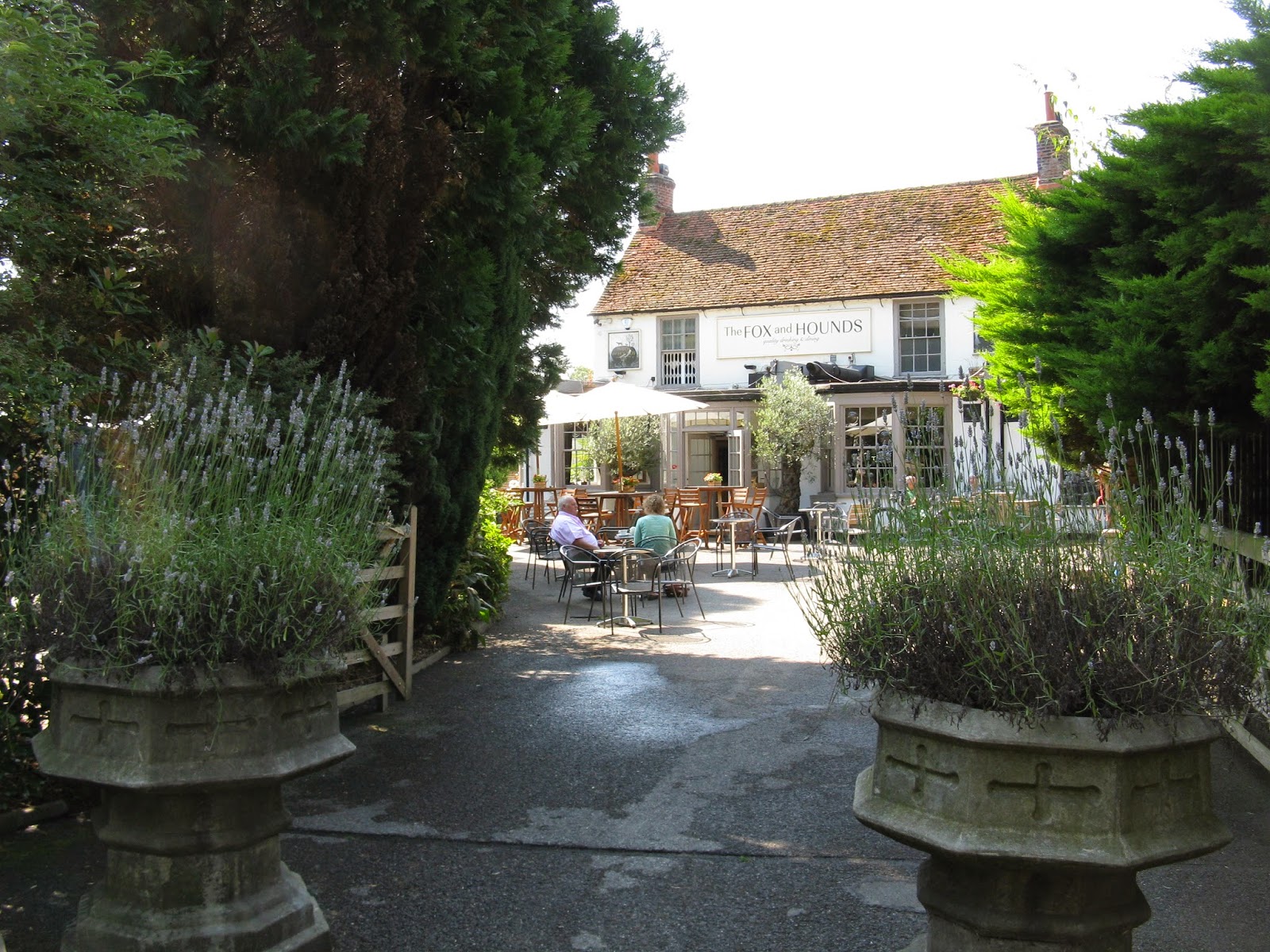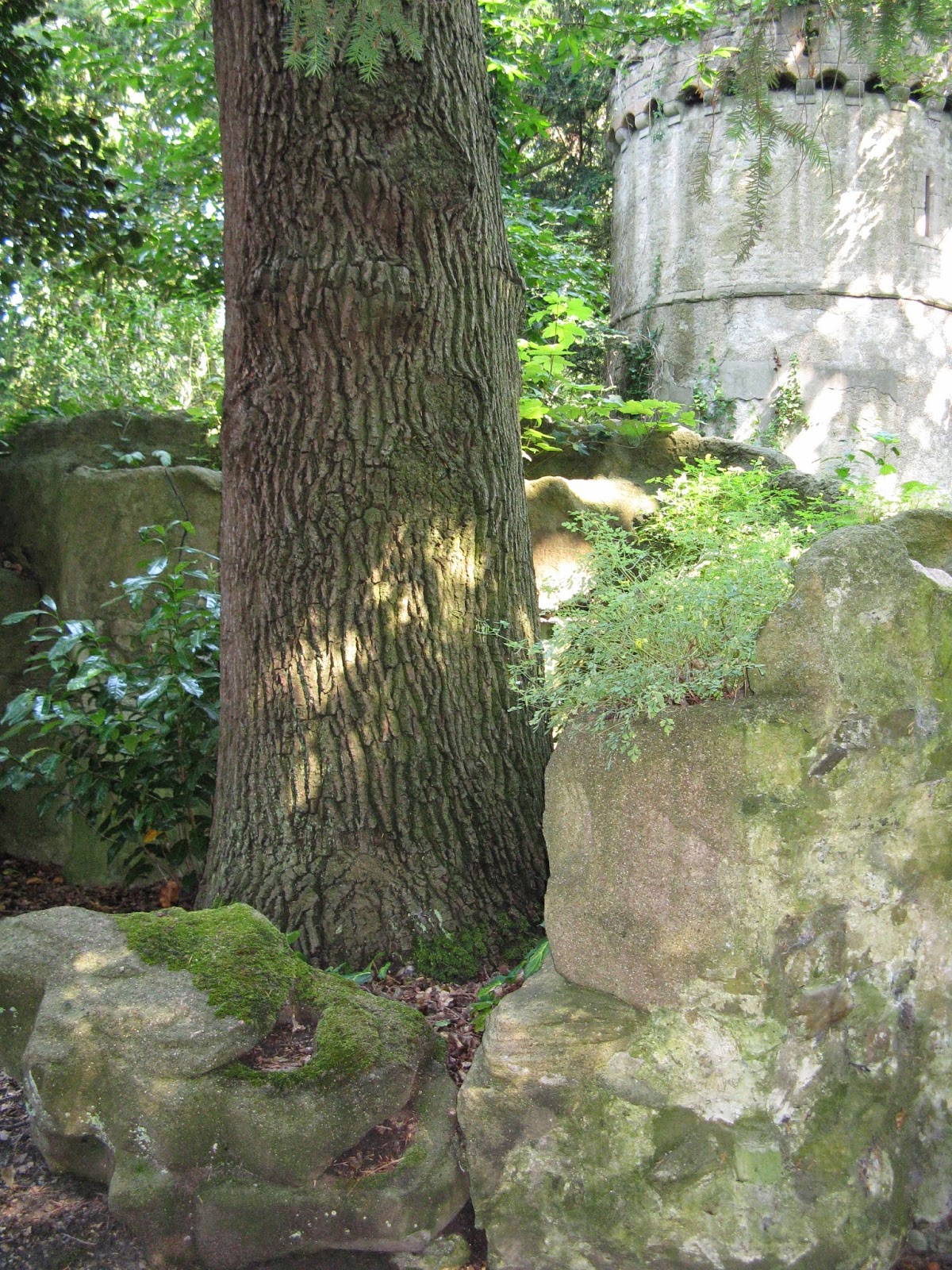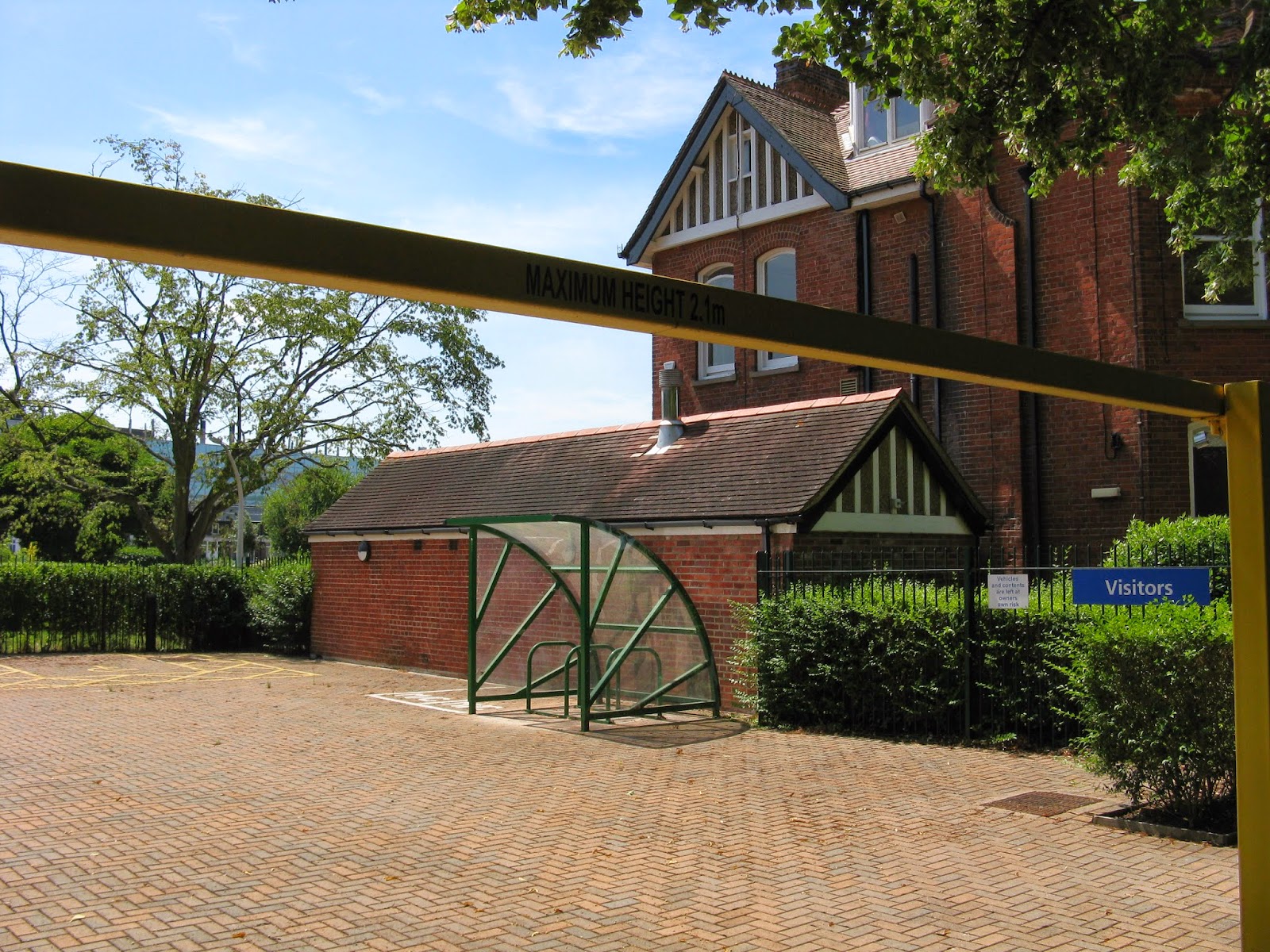Sunday, July 27, 2014
Friday, July 25, 2014
Battling to blur: ground truth in Ukraine
Images of shrapnel perforated fuselage, a comment by an Australian forensic expert in The Independent, and a brief shot of a Cranfield expert on military wreckage: these three things yesterday jarred my mind back into thinking about counter-mapping.
I gave a talk last year , at the yearly Socio-cultural knowledge workshop at Cranfield about this very topic. My talk was called "Battle to blur: counter-mapping and politics of ground truth" in which I theorised a new way of talking about counter-mapping from the perspective of those wishing to blur the 'truth' on the ground due to concerns about privacy, both personal (i.e. people don't need to know what the insides and outsides of our houses look like and if they do there estate agents for that) and locational (in the sense that potential thieves could case your house using Google Street View).
Emerging from indigenous struggles for land rights and territorial control, counter-mapping's original impulse was towards mapping the 'ground truth' back in to blank white spaces on maps, spaces left intentionally blank by cartographers in service to state, corporate, or colonial interests. The issue of blurring was always there in the background but only as an ethical afterthought: yes, we want the world to know (the Gitksan of northwestern BC, hypothetically for example, might have said) that we exist, but at the same time we need to protect access to traditional hunting and spiritual places lest they become overrun by consumers of the new counter-map.
The corporations have themselves now virtually eliminated the idea of blank space on a map (unless it is 'really' there) and everything that can be shown is being shown (so the dogma goes), given satellite imagery covering the whole of the globe at extremely high resolution and free downloads of Google Earth for all.
Germany, for cultural and historical reasons, has a large number of 'blurrers', those exercising their 'right to disappear' from Google Street View (by clicking on 'report a problem' on the street view) not because there's anything to hide, but because of a basic need for privacy that underwrites civil society (Nagel, 2002).
Separatist rebels in Ukraine, on the other hand, battle to blur the 10 mile oblong of territory (and it is just that: heavily demarcated land) upon which the Malaysian Airlines flight went down not for ethical or civilised reasons, but to hinder the process of piecing together what went wrong.
I wonder to what extent investigators will be able to use high resolution imagery (Parks, 2005) to do their work -- short of being able to physically tag objects, this will be done on-screen using remote sensing , algorithms, and computerised 'training' techniques. There will be two main levels of the puzzle to sort into overlays, if you will, initially -- that level at which the missile impact and crash landing took place; and that level at which tampering and the sprinkling of additional 'red herring' information took place, to throw investigators off the track.
References:
Nagel, Thomas. 2002. Concealment and Exposure. Oxford: Oxford University Press.
Parks, Lisa. 2005. Cultures in Orbit. Durham and London: Duke University Press.
I gave a talk last year , at the yearly Socio-cultural knowledge workshop at Cranfield about this very topic. My talk was called "Battle to blur: counter-mapping and politics of ground truth" in which I theorised a new way of talking about counter-mapping from the perspective of those wishing to blur the 'truth' on the ground due to concerns about privacy, both personal (i.e. people don't need to know what the insides and outsides of our houses look like and if they do there estate agents for that) and locational (in the sense that potential thieves could case your house using Google Street View).
Emerging from indigenous struggles for land rights and territorial control, counter-mapping's original impulse was towards mapping the 'ground truth' back in to blank white spaces on maps, spaces left intentionally blank by cartographers in service to state, corporate, or colonial interests. The issue of blurring was always there in the background but only as an ethical afterthought: yes, we want the world to know (the Gitksan of northwestern BC, hypothetically for example, might have said) that we exist, but at the same time we need to protect access to traditional hunting and spiritual places lest they become overrun by consumers of the new counter-map.
The corporations have themselves now virtually eliminated the idea of blank space on a map (unless it is 'really' there) and everything that can be shown is being shown (so the dogma goes), given satellite imagery covering the whole of the globe at extremely high resolution and free downloads of Google Earth for all.
Germany, for cultural and historical reasons, has a large number of 'blurrers', those exercising their 'right to disappear' from Google Street View (by clicking on 'report a problem' on the street view) not because there's anything to hide, but because of a basic need for privacy that underwrites civil society (Nagel, 2002).
Separatist rebels in Ukraine, on the other hand, battle to blur the 10 mile oblong of territory (and it is just that: heavily demarcated land) upon which the Malaysian Airlines flight went down not for ethical or civilised reasons, but to hinder the process of piecing together what went wrong.
I wonder to what extent investigators will be able to use high resolution imagery (Parks, 2005) to do their work -- short of being able to physically tag objects, this will be done on-screen using remote sensing , algorithms, and computerised 'training' techniques. There will be two main levels of the puzzle to sort into overlays, if you will, initially -- that level at which the missile impact and crash landing took place; and that level at which tampering and the sprinkling of additional 'red herring' information took place, to throw investigators off the track.
References:
Nagel, Thomas. 2002. Concealment and Exposure. Oxford: Oxford University Press.
Parks, Lisa. 2005. Cultures in Orbit. Durham and London: Duke University Press.
Wednesday, July 23, 2014
PARISH 7: Padd Farm
On the way to Padd Farm
The ride to Padd Farm is riddled with signs, symbols, and trucks/lorries!
This inscription indicates that the location was once part of a Roman road to Staines
Founder's Building way out across the fields
The Sanatorium visible towards Virginia Water
Stubble field in the summer sun
More signs, and indications that we're on the right track (Surrey cycle link)
Padd Farm entrance
This is where my GPS told me I had arrived
Looking laterally from the previous photo at the entrance to Padd Farm
A sign on the garage indicates that we are there
Friday, July 18, 2014
PARISH 6: Milton Park
Egham Train Station to Milton Park
The public footpath not far from the train station
Horses huddle up against the fence today
Founder's Building across from the mustard yellow field
The public footpath through two fields
More horses, all along the way to Milton Park
Plantings along the fence of Milton Park
Edges of Milton Park overgrown, 'hackable'
Visitors' parking lot at Milton Park
Coming close to hacking here as I raise my camera over the fence
Getting out of the visitors' parking lot (horse fields beyond)
Milton Park, as close as I could get without trespassing (about 150m from Milton Park 'centroid', see map above)
The end of the line. Here is where the sidewalk ends. I ride past here on a daily basis on my way to work, and often see pedestrians walking directly on the road surface, in both directions. Drivers mostly seem very cautious and even overly wary of me as I ride along the harpin/switchbacks towards the level crossing behind the Royal Holloway fitness centre
Tuesday, July 15, 2014
PARISH 5: Royal Holloway (centroid): rural place hacking
Map made using QGIS 2.4 "Chugiak"
Today's destination: Royal Holloway (centroid). This, and the following 3 photos, indicate the location at which my GPS alerted me to my arrival at Royal Holloway (centroid)
Looking downhill to where small gangs of visiting high school students were milling about or sitting in long rows
Looking laterally towards the residential halls
Laterally the other way (downhill), towards the Senate House book depository
This is a Google Earth representation of today's meme which started at Egham train station, following Whitehall Lane around the back of Royal Holloway's fitness centre, then up Prune Hill to the fitness centre entryway
How is this place hacking you might ask?
It is place hacking in the sense that I attempt new juxtapositions of bodies/spaces in the sense intended by Bradley Garrett in a recent tweet (indirectly referring to his book Explore Everything)
It is also place hacking in that I attempt to discover new bodies/beings in spaces, juxtaposed in ways for which the space was not originally intended
In this and the previous place-hack/PARISH postings I have discovered just that: youthful bodies hacked into spaces by the juxtapositions they offer that are at odds with the surroundings. You notice these students because they act out, and because a language other than English is usually being spoken
I did not expect to meet so many students at Royal Holloway this summer: not on Cooper's Hill either, nor in the Campus Store, where crowds of young bodies forced the store staff to police the space and attempt to restore order
(Re)ordering bodies in space
Labels:
centroid,
Egham,
GPS,
memes,
parish,
place hacking,
Royal Holloway,
rural
Subscribe to:
Comments (Atom)




















































